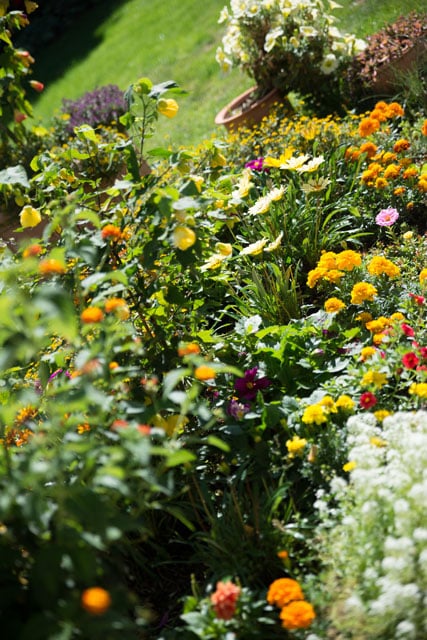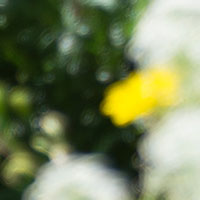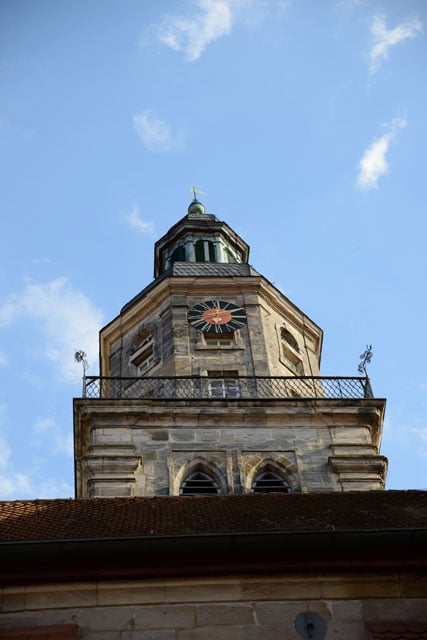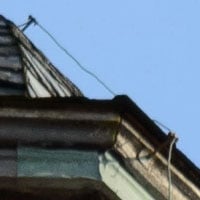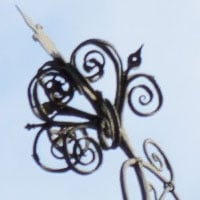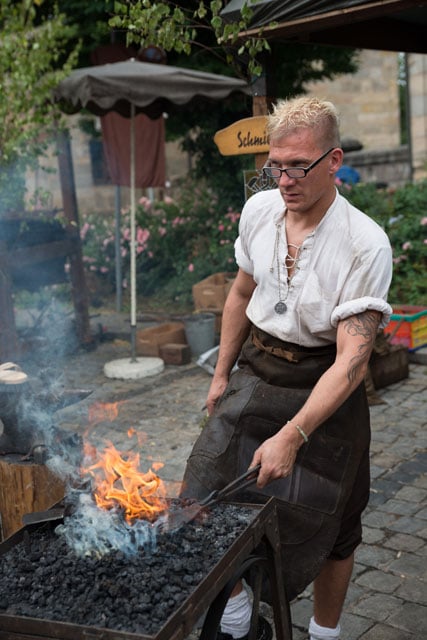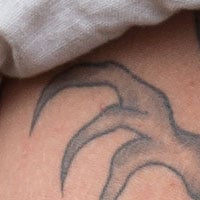Tamron 24-70mm f2.8 VC review
-
-
Written by Thomas
Samples
The following images were taken with the Tamron 24-70/2.8 VC on a D800. Each image was recorded in RAW and converted with Lightroom 4.1 at Adobe or Camera Standard settings. Noise-reduction is set to 0, sharpening to 70/0.5/36/10, no extra tone, color, or saturation-adjustment was used. You can click on each image to access the large original. Please respect our copyright and only use those images for personal use.
The first shot should give you an impression of the bokeh that this lens can produce wide open. The 50% crops are from the background, the sharpest point, and the foreground in the overall image and demonstrates the rendering of out-of-focus elements.
| Flowers: bokeh shot with Tamron AF-S 24-70mm f/2.8 VC at 70mm f2.8 on a D800 | |||||||
| |||||||
| Main image and all 50% crops: 70mm, f2.8, 100 ISO |
An aperture of f2.8 is not really optimal for good bokeh, but it is a better starting-point to throw background and/or foreground subjects out-of-focus than with many kit-lenses that offer only f4.5 or worse at 70mm. What little bokeh the Tamron shows is quite soft in the foreground but shows signs of outlining and nervousness in the background.
The second image shows an architecture-shot at 70mm. Contrast against the bright sky is very good but the details of the church lack a bit crispness and definition.
| Church: architecture shot with Tamron 24-70/2.8 VC at 70mm f4.0 on a D800 | |||||||
| |||||||
| Main image and all 100% crops: 70mm, f4.0, 1/400 sec, 100 ISO, VC=ON |
Next shot is a close-up at 70mm f4.8. It was captured with the first copy of this lens that showed some decentering on the left side but that part of the image is out-of-focus anyway. It shows that you can capture quite some detail of small subjects at a decent quality. Stop down further if you need even more definition.
| Catch of the Day: close-up shot with Tamron 24-70/2.8 VC at 70mm f4.8 on a D800 | ||||
| Main image and all 100% crops: f4.8, 1/80 sec, 110 ISO, VC=ON | ||||
 |  | 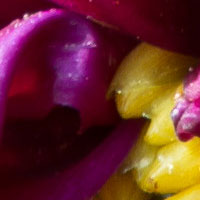 | ||
f4.8, 110 ISO | f4.8, 110 ISO | f4.8, 110 ISO | ||
The last example in the image gallery is a portrait shot at 48mm almost fully wide open. It was also shot with the first/decentered copy of the lens. In this image the decentering affected the lower third to halve of the image.
| Blacksmith: Portrait shot with Tamron 24-70/2.8 VC at 48mm f3.2 on a D800 | |||||||
| |||||||
| Main image and all 100% crops: 48mm, f3.2, 1/250 sec, 100 ISO, VC=ON |
Definition of details and facial hair is good, stopping down another notch would have improved center performance to excellent.
For more examples check out all my high-resolution Tamron 24-70mm f2.8 sample images.
Focus, build quality, and image stabilization
Focus accuracy and repeatability is critical to consistently produce sharp shots. Repeatability (the accuracy of focus on the same subject after repeated focus-acquisition) of this lens is excellent with no outliers over a series of 20 shots. And there is almost no performance variation whether the lens focuses coming from infinity or from minimum focus distance. The lens focuses fast: around 0.5 sec from infinity to 0.38m, which is very good.
The focus ring has practically no slack/play between its movement and the focus-action, which makes accurate focus wide open at the long end easy. The focus ring is very small but movement is pretty smooth and AF-operation is quiet on the outside. But if you record video with the built-in microphone every focus-movement produces an audible “clack”. Zoom-action is relatively stiff, still the lens does suffer a little from zoom-creep. But the single zoom barrel extends only 30mm and creep can be stopped via the zoom-lock. It does not wobble in the fully extended position and shaking the lens does not produce any suspicious sounds. In general the impression of build quality is that of a better lens – albeit not pro-level: A high quality plastic construction combined with a weather sealed metal lens-mount, and nine rounded aperture blades.
VC-operation is very quiet and could not be heard even when recording video/audio with the built-in microphone. To test the effectiveness of the image stabilization I produced multiple series of over 40 test-shots each hand-held at 70mm with VC=ON at 1/15 sec and with VC=OFF at 1/60 sec. Rating the sharpness of those images at 100% magnification on a scale from 0 to 5 the sample of images with VC=ON was clearly skewed to better ratings than the sample with VC=OFF, although that sample had the benefit of a 4x faster shutter-speed. So VR on this lens gives you an advantage of at least two stops. But there is a caveat: the first of the test-series showed results that were clearly worse than 2 stops stabilization. I got the impression that the VC needs a short time to “lock-on”. If you give it the time to stabilize you get good results, if you press the shutter too fast that might result in less effective image stabilization.
Now, let me wrap things up in my Tamron 24-70mm verdict.
